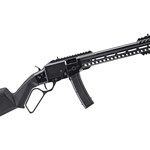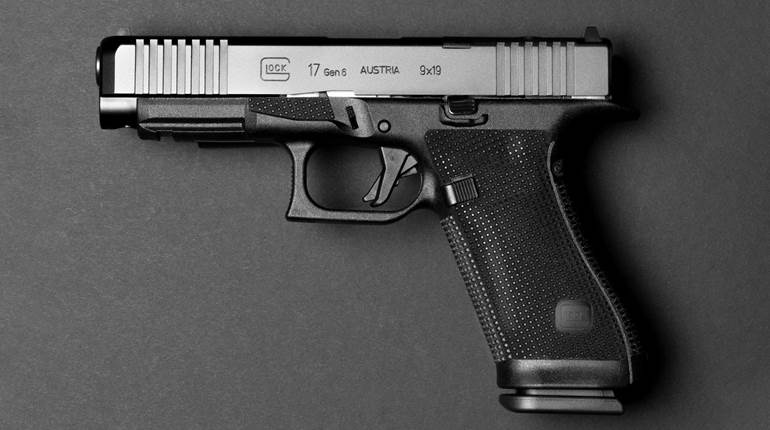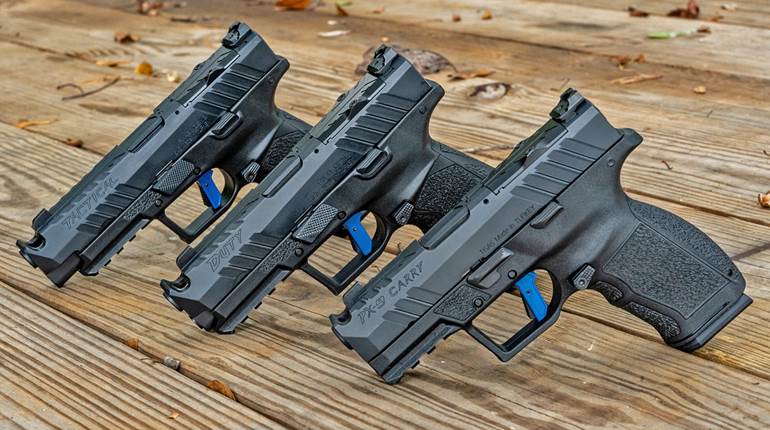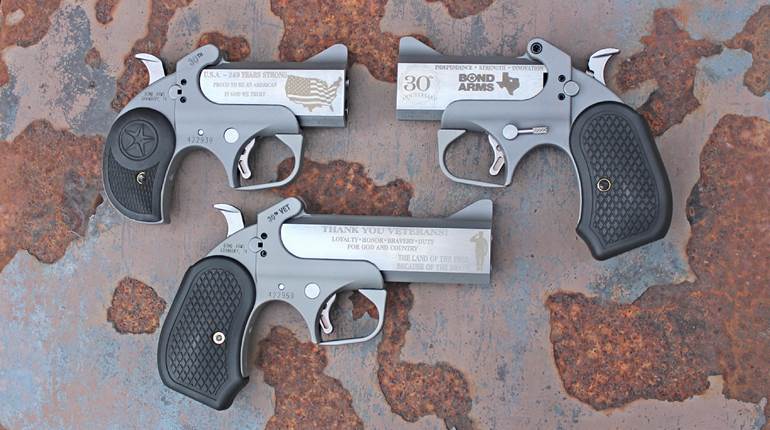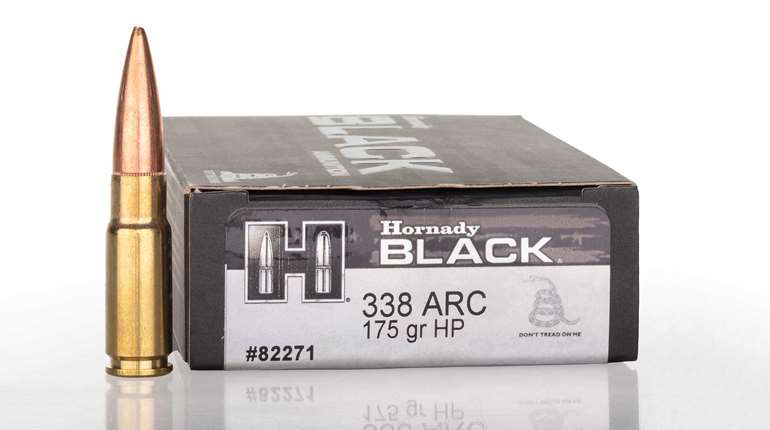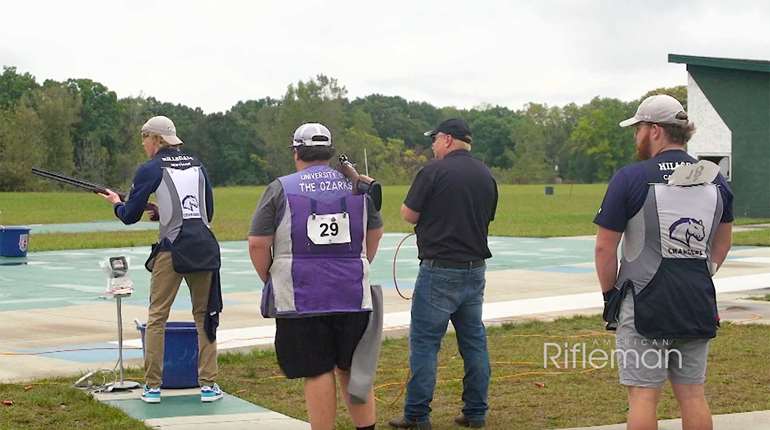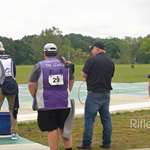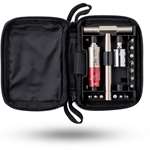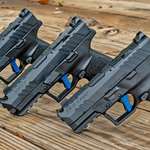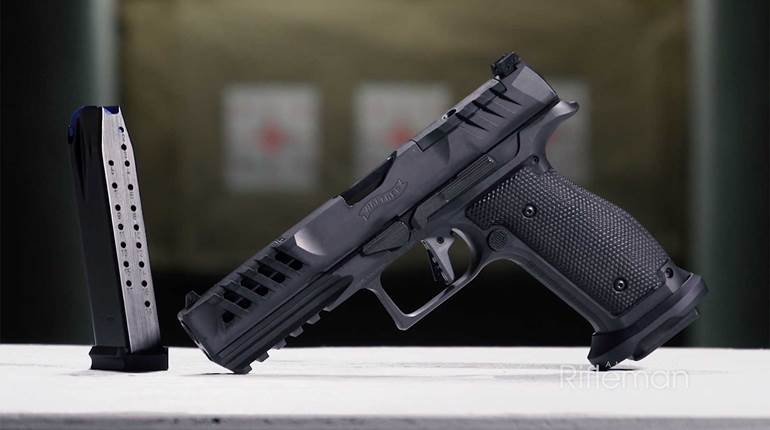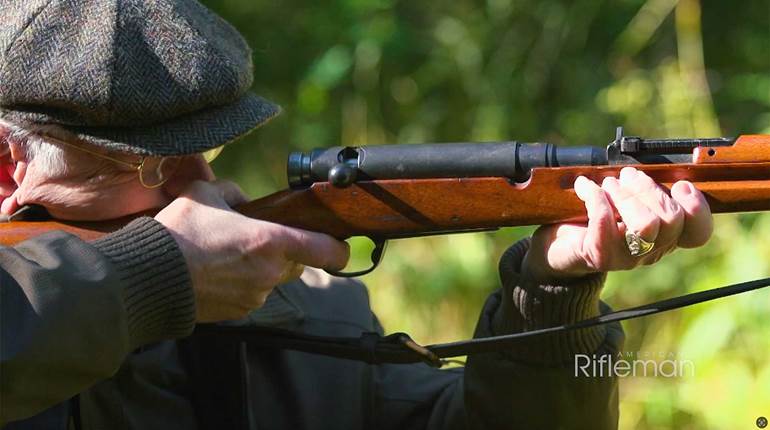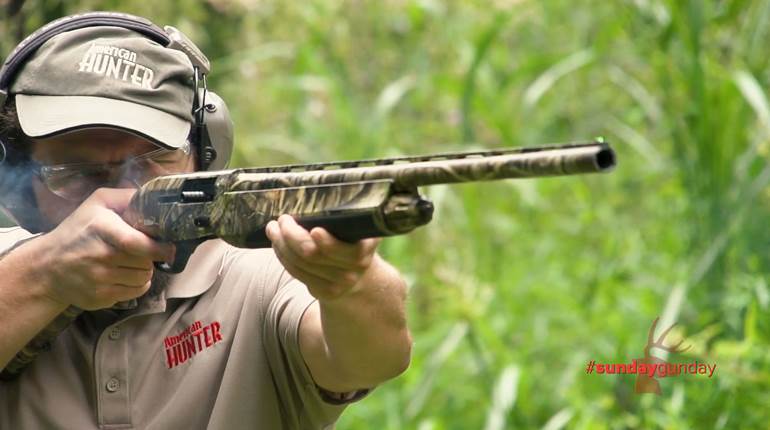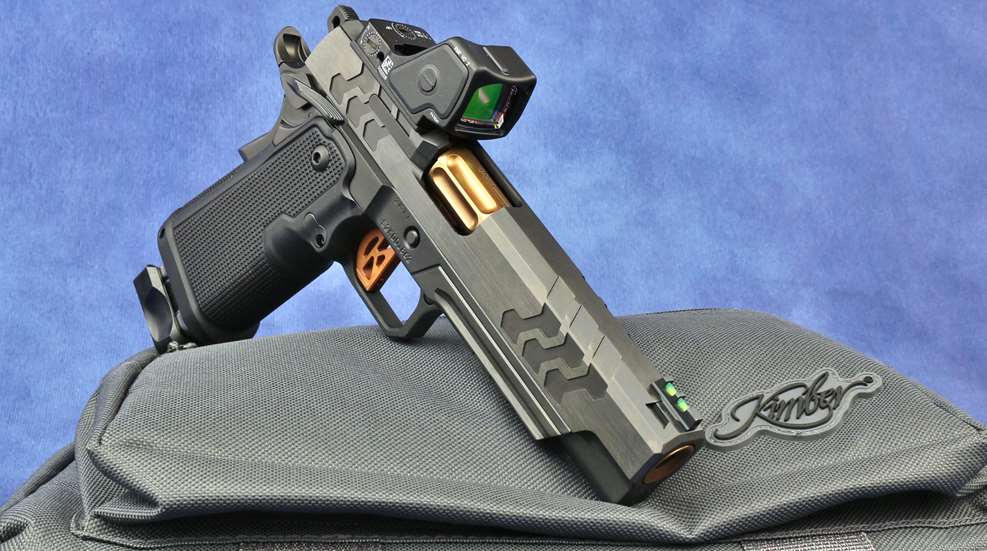
The 2011-style pistol was designed to address the capacity limitations of the single-stack M1911 platform, pairing the typically superb single-action trigger of Browning’s legendary design with the greater firepower afforded by a double-stack magazine—and guns of this type are among the hottest trends in the handgun world right now. Though many manufacturers have released their own takes in recent years, one major name had been absent from the roster—until now. With much anticipation, Kimber America has entered the arena with its competition-ready 2K11.
The 2K11 is a hammer-fired, semi-automatic pistol available in either .45 ACP or 9 mm Luger. Both chamberings feed from Staccato-style detachable magazines, with the 9 mm version boasting an impressive capacity of up to 20 rounds.
This pistol uses the recoil from a discharging cartridge to manage the firing cycle. When a shot is fired, the slide and barrel initially recoil together; after approximately 1/4", the barrel tilts downward, disengaging from the slide and allowing it to re-cock the hammer. This delayed unlocking allows chamber pressures to drop, ensuring smooth and safe cycling. The external extractor then pulls the spent case from the chamber, which is ejected toward the end of the slide’s travel. On the return stroke, the slide strips a fresh round from the magazine and chambers it, readying the gun to fire again.
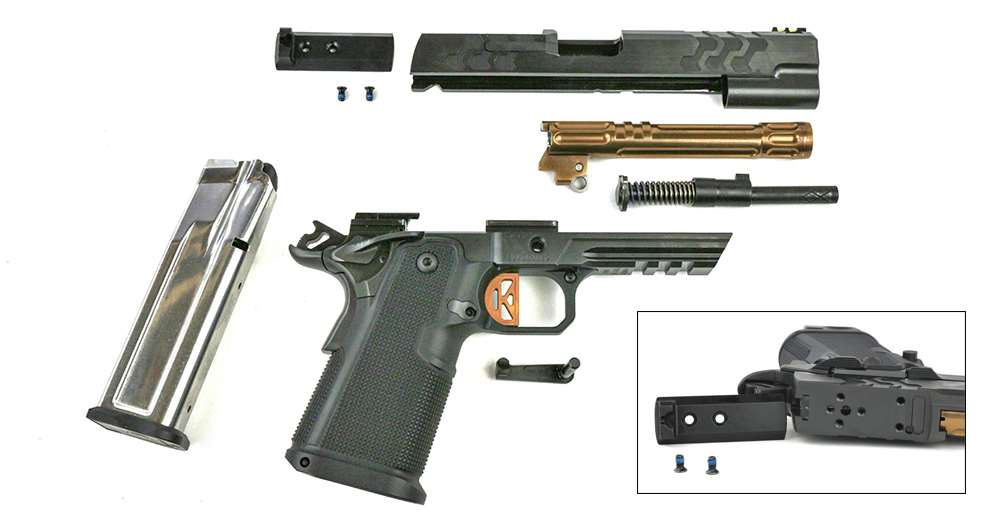
To maximize shootability and decrease recoil, Kimber built the 2K11 entirely from metal. The slide and frame are stainless steel, mated to an aluminum grip module. Our test model was the standard Optics-Ready (OR) version, featuring a diamond-like carbon (DLC) finish on the slide and frame, contrasted by a Coyote-colored physical-vapor-deposition (PVD) coating on the barrel and trigger shoe. Each 2K11 includes finely cut checkering on the grip, ensuring control during extended firing sessions. Unique serrations are also incorporated to aid in slide manipulation.
Unlike many competition pistols that sport oversize controls, the 2K11 features standard-size buttons and levers. The push-button magazine release and slide stop are familiar and functional. Bilateral thumb safeties are included, enabling “cocked and locked” carry or competition use for both righties and lefties. Internally, the pistol uses a Series 70-style fire-control system, meaning there’s no firing-pin block. However, it does have both a grip safety and a half-cock notch for added protection against negligent discharges.
Recognizing the shift toward electronic sights, Kimber ships every 2K11 with an optics cut as standard. A mounting plate is required to install a red-dot, and Kimber includes one compatible with RMR-footprint optics; additional plates are available through Kimber’s website for other footprints. For those who still prefer irons, a fixed rear sight is machined into the cover plate, paired with a fiber-optic front post. For testing, we elected to mount a Trijicon RMR HD, as its tough-as-nails construction was sure to hold up to the high-volume shooting that was in this pistol’s future.
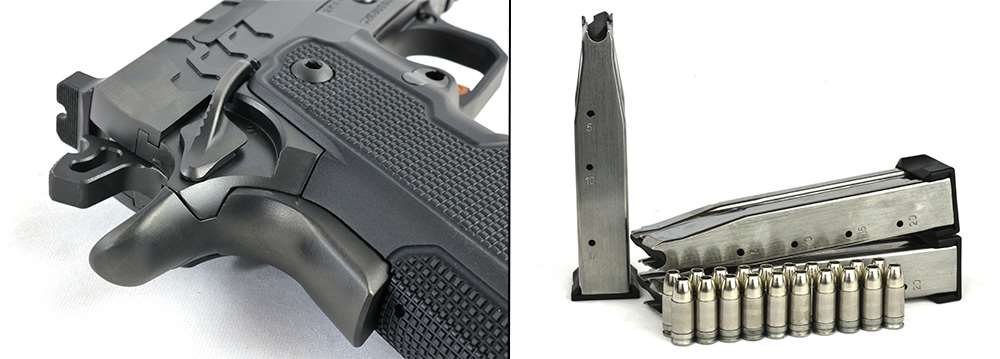
Kimber claims to have designed the 2K11 for use with a wide range of 9 mm Luger loads; to test that claim, we selected a variety of ammunition types. At the light end, we used Liberty’s 50-grain Ultra-Light load, offering rifle-like velocity and minimal recoil. On the opposite end of the spectrum, we tested Remington’s heavy-for-caliber 147-grain Subsonic rounds. Occupying the middle ground was SinterFire’s 100-grain frangible load, a projectile that shatters into dust when it meets a hard medium, and considering that use against AR500 steel was on the itinerary, we deemed it prudent for our testing.
We began our range session by zeroing the optic and familiarizing ourselves with the pistol’s trigger. Testers noted the grip’s girth but appreciated the soft recoil. The pistol ships with three magazines—two extended 20-round boxes and one flush-fit 17-rounder—keeping everyone busy loading between turns. Across the board, shooters praised the trigger, which broke cleanly and lightly. For fine-tuning, a set screw in the trigger bow allows overtravel to be adjusted.

Rapid-fire drills went exceptionally well. Testers ran multiple magazines of each type of ammunition through the gun, executing double-taps, Bill Drills and “failure-to-stop” drills without a single malfunction. The 2K11 cycled flawlessly through all the different loads, a testament to its versatility. We ended the day with more than 450 rounds fired, and the pistol was still running strong, though clearly ready for a good cleaning.
Fieldstripping the 2K11 revealed another welcome surprise. While the pistol uses a bushingless barrel, disassembly doesn’t require a special tool. Instead, a simple tug and twist of the guide rod is all that’s needed. From there, takedown mirrors a traditional M1911, keeping things familiar for longtime users of the platform.

Our overall impression of the 2K11 was extremely positive. Kimber has delivered a double-stack pistol that checks every box for competitive shooters and home-defenders alike. It’s well-built, accurate, reliable and stylish, all while offering modern features and optics compatibility at a relatively competitive price.











